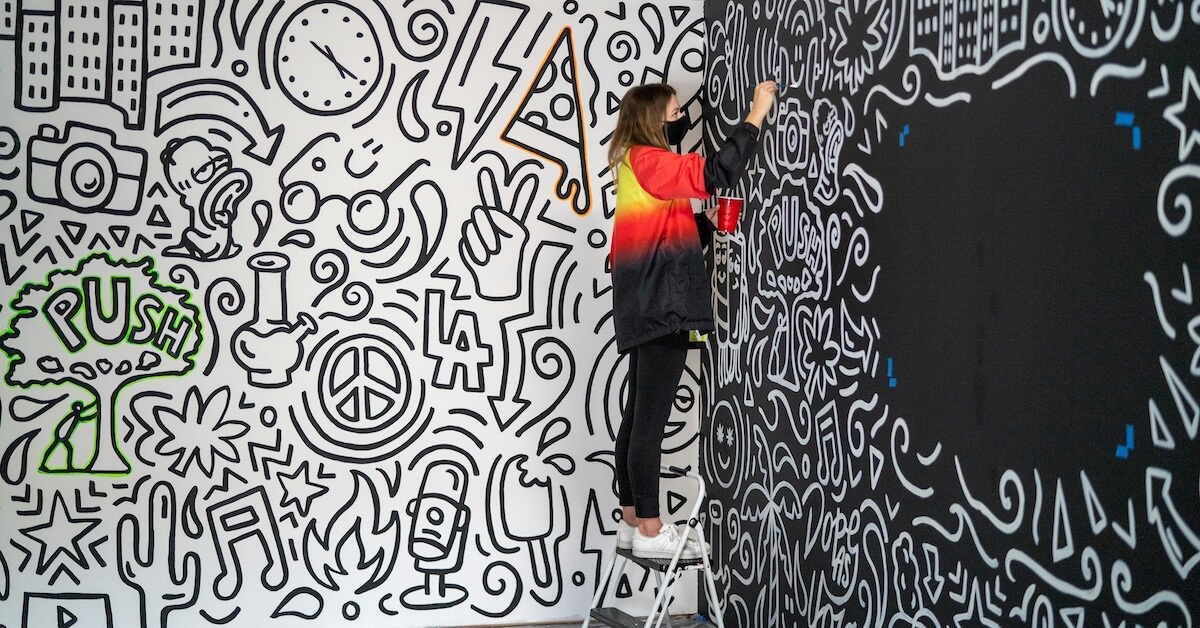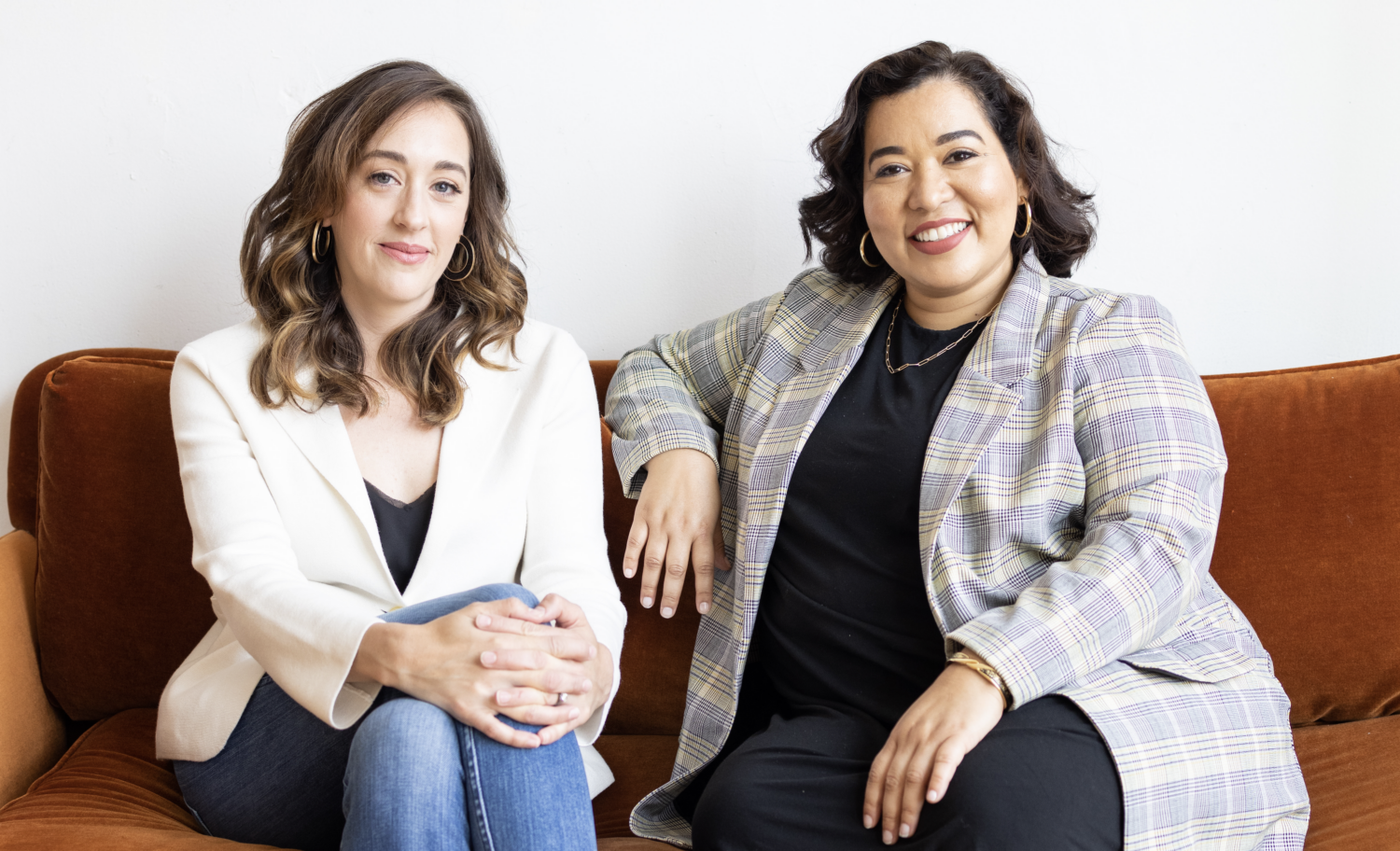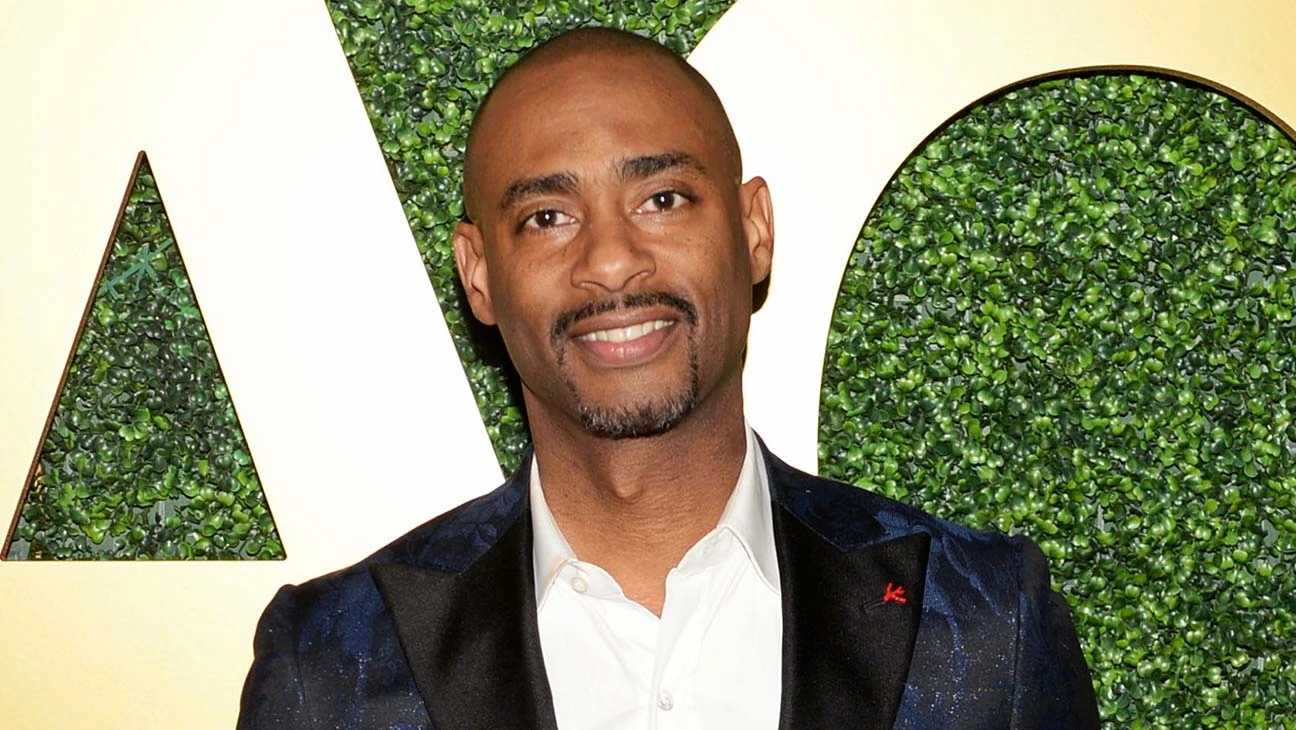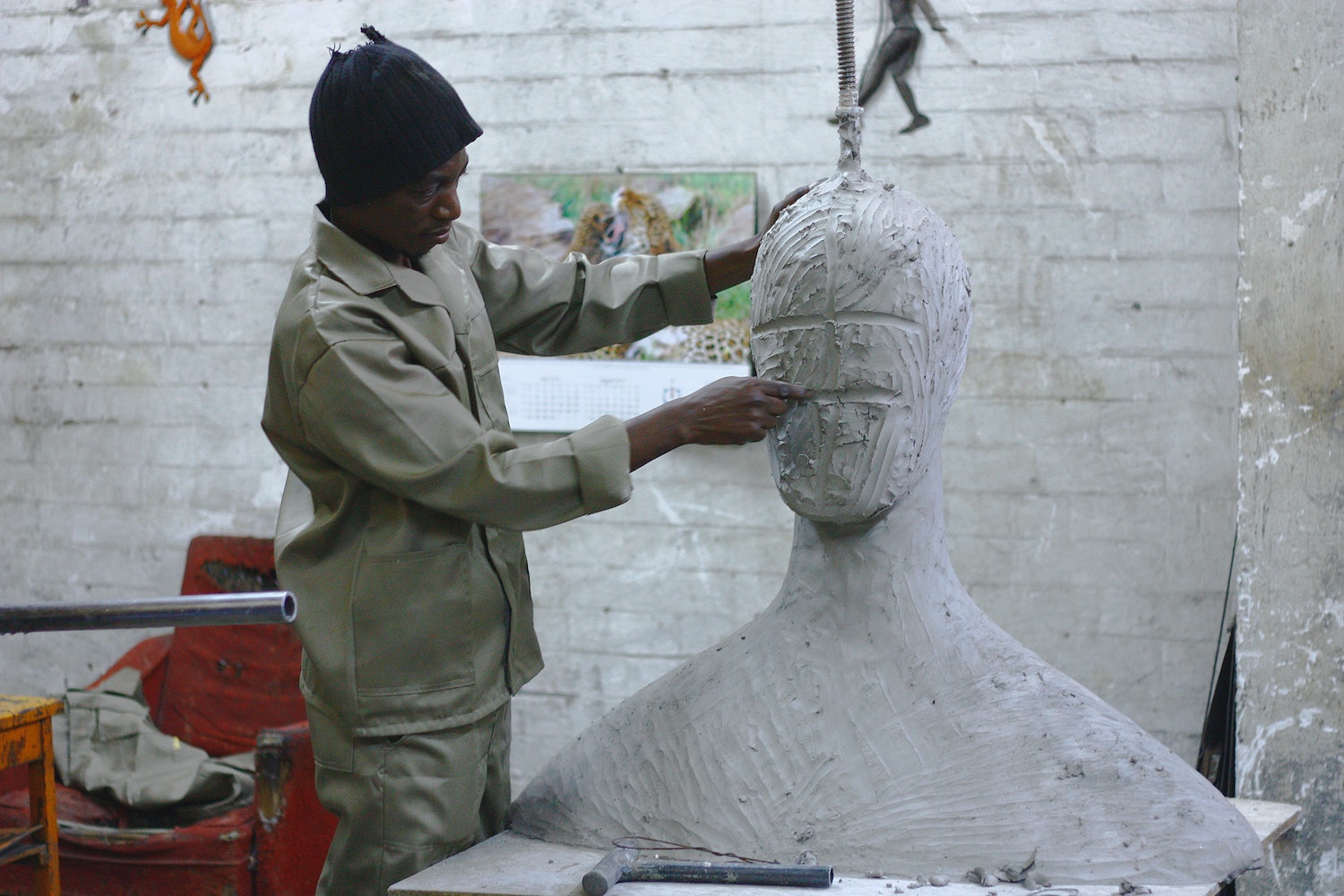U.S. impact investors, we have a problem.
In truth, there are several, and they all center around just how challenging it is to bring new themes, new industries, new entrepreneurs, and new investors into our conversation about how to do well and do good.
A clubbiness shapes our sector—and it works against us. If we don’t address this hard fact, our grand experiment won’t succeed.
At best, we will repeat the mistakes of traditional investing and miss major opportunities to drive positive change for populations for whom the markets have not worked. At worst, we risk exacerbating the very inequality threatening democracy and creating a society in which only a select group of voices get heard.
One impact investor’s journey
I know about the club because I have been in it. I have experienced its advantages, but never sought full-time membership because I believe our sector must sustain some key changes.
I began my own impact investing journey 25 years ago at the Rockefeller Foundation. I was part of a small team who sourced, screened and selected $25 million in investment opportunities connected to the Foundation’s four global program areas: health equity, food security, working communities, and creativity and culture.
At the turn of the 21st century, the terms “creative economy” and “impact investing” didn’t yet exist. But Rockefeller’s investments positioned us at the intersection of these emerging fields. Our demonstration portfolio included netomat (a software company dedicated to creativity and community-building founded by an IBM employee whose work hung at the Whitney Museum) and Smithsonian Folkways Records (the Smithsonian Institution’s global music label).
Under Rockefeller’s next president, the impact investing focus intensified, with staff and resources dedicated to building the basis of today’s ecosystem: GIIN, Toniic, ANDE, B Lab, and a whole alphabet soup of intermediaries were launched. Impact assessment made huge leaps forwards. SoCap and other conferences brought the tribe together. Successful Wall Street investors joined the parade, and venerable financial firms started to pay attention after the 2008 financial crisis raised important questions and left many looking for answers.
At the same time, the club contracted. Rockefeller ended its work in art, design, culture, heritage, and creativity. Impact investing continued to grow, but no one pounded the table for the creative economy. The burgeoning field turned away from the nearly 10% of the global economy made up of industries like film and TV, video games, fashion, music, beauty, craft, and design with barely a backward glance.
In 2015, I saw the need for impact capital in the creative economy. As senior deputy chair of the National Endowment for the Arts, I met artists, designers, and other creative people who were starting for-profit, social purpose businesses to scale and sustain their work. Even a crumb from the sustainable capital pie—its AUM had reached the trillions—could prove transformative, supplementing the U.S. federal arts agency’s modest annual grants budget (currently $210 million) and providing a path toward sustainability for creatives.
The creative economy was growing rapidly—the beauty market is expected to reach $114 billion in North America by 2027, and the U.S. video game market was worth nearly $97 billion in 2023—and modeling positive change by being inherently inclusive. Today, 35% of all women-owned businesses and 38% of all BIPOC-owned businesses in the U.S. are in the creative industries. Profits and impact at scale: just what impact investors say they want.
Emboldened by the success of gender lens investing and the conviction that investors would mobilize behind new impact themes with a little help and encouragement, I launched Upstart Co-Lab. Our goal was to reconnect impact investing with creativity and culture. Simple and straightforward, right?
Not exactly. We recently announced the first close on our Inclusive Creative Economy strategy, but this required nearly a decade of concerted effort. Along the way, I learned some tough truths.
Three lessons learned
Novelty is unnerving. It’s surprising when impact investing colleagues are not open to what’s new and next given that impact investing itself is an innovation. (Remember, modern portfolio theory tells us we cannot optimize for two variables simultaneously.) Why the aversion to change? Asset allocations and investment strategies are based on history and experience. Doing something new means entering unchartered territory.
At Upstart, we’ve seen how coloring outside the lines unsettles people, forcing them to pause and really think. Our strategy caused some head scratching, likely because it delivered a triple whammy, by 1) focusing on new industries comprising the creative economy 2) taking a portfolio approach, which invests in both funds with 50%+ of their portfolio companies in the creative industries and directly in early-stage companies in the creative industries and 3) using ImpactAssets’ multi-funder pooled structure rather than a limited partnership.
The talk outpaces the walk. Impact investing is no longer niche but, rather, big business: in the U.S., there is $444 billion of impact investment AUM and $8.4 trillion of sustainable investment AUM.
So, it is jarring that while raising capital for our new strategy, Upstart needed to educate self-appointed sector leaders about the basics. For example, one such leader—who convenes and clubs together impact investing newcomers—proudly told us he personally had invested in a firm dedicated to helping donor advised funds “build a customizable impact investing program without adding staff, systems, or complexity.” But, as we spoke, it became clear he was unaware that impact investments can be made from a donor advised fund.
Equally discouraging have been conversations with foundations doing impact investing for more than a decade. Despite appearances—their names are reliably and prominently displayed at impact investing conferences—they could not meet the investment minimum for our strategy because, in all that time, they have never made a program related investment of $1 million.
Lastly, it’s problematic that impact investing, which seeks transformative social change, is still an insider’s game. Launching a fund shouldn’t be predicated on privilege, whether that means being independently wealthy or being incubated at a foundation or family office. But general partners at emerging funds have told us they face extreme headwinds. To supplement their work, women and BIPOC fund managers routinely consult on the side, ask for grants, or put their own households in financial jeopardy.
This is where the clubbiness really hurts. If we want diverse individuals to lead this space, the rules must change.
A loyalist’s critique of foundations. Foundations should be natural investors for innovators like Upstart Co-Lab that are stretching the boundaries and building the impact investing ecosystem. But in Upstart’s experience, foundations have required 9-18 months to reach an investment decision. Two foundations have said their process takes 24 months.
This is an eternity when you are starting a fund, and time is (literally) money. At Upstart, we are lucky to have nine foundations among the investors currently committed to our new strategy. To get here, we spoke to more than 140 foundations, starting in summer 2021. Our first close was nearly three years later, in spring 2024.
These are significant obstacles, but they are not insurmountable.
Upstart’s Inclusive Creative Economy strategy has mobilized $15 million from 14 committed investors and 19 donors. This will allow us to invest in a portfolio of 10 companies and funds, mark the creative economy as both a source of impact capital and a use of impact capital, and show all impact investors that there are opportunities to make money and have impact in the creative industries.
We are confident the past ten years of de-risking and deciphering the creative economy will result in the U.S. joining the other regions of the world that already have dedicated impact investment vehicles for creativity and culture.
Admittedly, change takes time. But we are overdue for the impact investing club to burst open its doors, welcome new investors, and ask legacy members to work a little harder. We can’t wait another 25 years.
Laura Callanan is the founding partner of Upstart Co-Lab.











